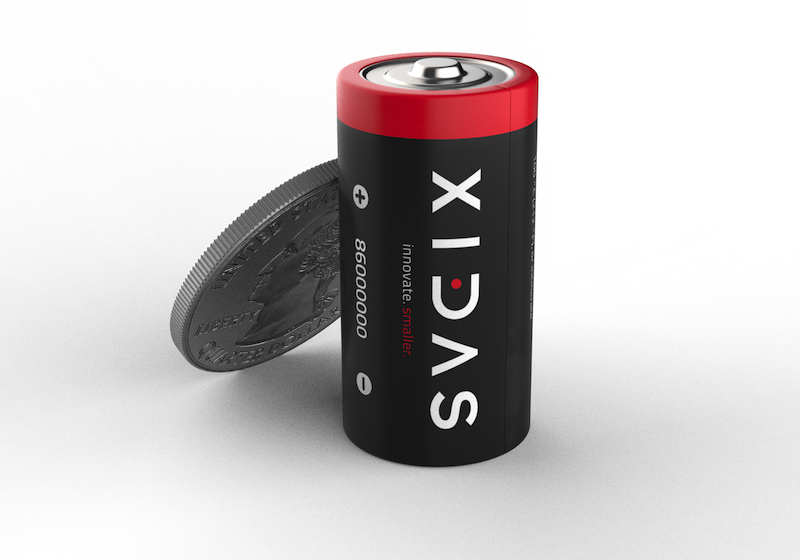A new battery from Xidas has been designed for energy harvesting for IoT devices. The rechargeable battery is small – thanks to micro-engineering – and features a high pulse.
Based in California, Xidas works to eliminate the need for bulky products. Their new battery aims to further the efficiency and life of IoT devices.
With additionally energy harvesters, IoT devices are able to operate without the usual energy source. Commonly, supercapacitors are used to assist in energy harvesting and transmitting data wirelessly.
Xidas Partnership National Science Foundation
Xidas leverages their technologies and expertise to design and produce solutions that combine intelligence, energy harvesting, sensor fusion, and integration. A partner with the US National Science Foundation for IoT innovation, Xidas was also one of five companies to testify in front of the US Congress on the legitimate value IoT technologies.
“Technologies to extend the life of IoT devices without yearly battery replacements has been a focus of our R&D at Xidas over the last few years,” commented Sourabh Dhillon director of business development. “Working in partnership with the National Science Foundation, we are introducing our first four products this month. The RHB-1530 becomes the perfect energy storage companion for solar, vibration, thermal, RF, or other energy harvesters used in IoT solutions.”
Battery Model RHB-1530
Xidas’ new battery actually eliminates the need for a separate supercapacitor and rechargeable battery in many IoT applications. It does so by operating at a temperature range of -40°C to +85°C. These features ultimately reduce the development and product commission time, the company says.
RHB-1530’s integrated pulse capacitor and rechargeable lithium battery provides large pulse discharge ability even under extreme temperature. The battery also has a low trickle charge current and high energy capacity. These features make the RHB-1530 particularly suited for energy harvesting for wireless IoT devices.
The battery is meant to be usable for 10 years. During this time, if power is lost it can run typical IoT devices for more than a week using its harvesting energy. Consumers are then able to resolve any issues, like malfunctioning hardware, without completely losing the use of their devices.








